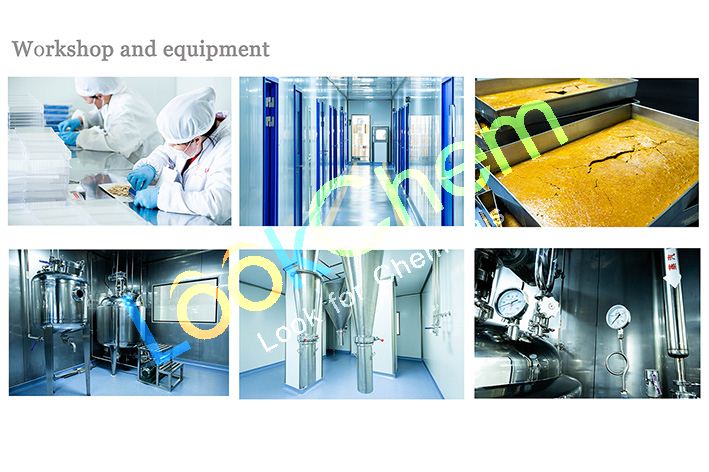Dried white ginseng root powder
Min.Order / FOB Price:Get Latest Price
| 100 Kilogram |
FOB Price:USD 18.0000 -20.0000 |
- Min.Order :100 Kilogram
- Purity: powder
- Payment Terms : T/T
Keywords
Dried white ginseng root powder ginseng products natural ginseng
Quick Details
- Appearance: Yellowish fine powder
- Application:Food, health care products and cosmetics.
- PackAge:Large package: 25kg cardboard drum inner double layer polyethylene plastic seal small package: 1-10kg tin foil bag inner double layer polyethylene plastic bag package
- ProductionCapacity:300|Metric Ton|Day
- Storage:Store in a well-closed place with constant low temperature and no direct sun light.
- Transportation:for small quantity, it will be sent to you by dhl and ems etc.for mass production batch, it will be delivered by air or sea.
Superiority:
product description
Details:
history
ginseng is perhaps the most widely recognized plant used in traditional medicine and now plays a major role in the herbal health care market. for more than 2,000 years, various forms have been used medicinally. the name panax derives from the greek word for “all healing,” and its properties have been so touted. ginseng root's man-shaped figure (shen-seng means “man-root”) led proponents of the doctrine of signatures, an ancient european herbalist’s philosophy, to believe that the root could strengthen any part of the body. through the ages, the root has been used in the treatment of asthenia, atherosclerosis, blood and bleeding disorders, and colitis, as well as to relieve the effects of aging, cancer, and senility.
evidence of the root's general strengthening effect has been examined for its ability to raise mental and physical capacity, as well as its protectant effect against diabetes, neurosis, radiation sickness, and some cancers. today, its popularity is widely due to the adaptogenic or stress-protective effect of the saponins.
chemistry
major compounds in ginseng include triterpene saponins, polyacetylenes, sequiterpenes, polysaccharides, peptidoglycans, nitrogen-containing compounds, and other compounds, including fatty acids, carbohydrates, and phenolic compounds. the triterpene saponins are considered the most active compounds, and some estimates report up to 150 different ginsenosides, grouped into either dammarane or oleanane groups. many analytical methods have been described and standards published. the european pharmacopoeia requires a minimum of 0.4% combined rg1 and rb1 ginsenosides, while the chinese pharmacopoeia requires ginseng radix (dry root) to have not less than 0.3% rg1 and re combined ginsenosides and not less than 0.2% rb1.
most traditional ginseng herbal preparations contain ginsenosides. however, a commercially available product, known as cvt-e002, a patented aqueous extract of approximately 80% to 90% poly-furanosyl-pyranosyl-saccharides from the roots of north american ginseng (p. quinquefolius ), does not contain ginsenosides. adulterants are commonly found in ginseng preparations due to the high cost of authentic ginseng roots, and the presence of natural methylxanthines may also contribute to some reported physiological effects.
variances in cultivation and processing methods, as well as the individual genetics of each plant source, result in varying chemical compositions among commercial products. this may contribute to the lack of consensus among studies on the pharmacology and efficacy of ginseng and should be considered when conducting and interpreting research. a second factor that may have produced erratic results is the discovery that ginsenosides are metabolized extensively by the human gut microflora and that some of the metabolites are pharmacologically active. colonic bacteria can remove the 3 sugars from ginsenoside rb1 in stepwise fashion, and the deglycosylated compounds are then esterified in the liver with the fatty acids stearic, palmitic, and oleic acid. these esters persist in the liver for as long as 24 hours.thus, differences in an individual's gut flora may lead to differing pharmacological responses to ginseng preparations.
ginseng uses and pharmacology
reviews of the effects of ginseng have been published. most studies have used whole-root preparations, with considerable variations due to uncertain species identification, age of the roots, and curing process used. variations in saponins between the species also may contribute to the lack of consensus among researchers on ginseng's pharmacology.
main function of dried white ginseng root
1) can help treat muscular dystrophy
2) improves resistance to allergies
3) controls cholesterol levels
4) boosts the body's resistance to the harmful side effects of chemotherapy and
radiotherapy
5) helps treat skin problems, including eczema, psoriasis and acne



You Might Also Like
-
GMP manufacturer supply Cactus Extract
CAS NO:8007-78-1
-
5-HTP 15%,50%,98%,Griffonia simplicifolia extract ,Griffonia seed extract
CAS NO:56-69-9
-
Garcinia Cambogia Extract 90045-23-1
CAS NO:90045-23-1
-
artichoke extract 5% cynarin, Artichoke extract
CAS NO:22888-70-6
-
High quality Chastetree Berry Extract
CAS NO:479-91-4
-
Natural white willow bark extract/ salicin
CAS NO:84082-82-6
Related Searches
About|Contact|Cas|Product Name|Molecular|Country|Encyclopedia
Message|New Cas|MSDS|Service|Advertisement|CAS DataBase|Article Data|Manufacturers | Chemical Catalog
©2008 LookChem.com,License: ICP
NO.:Zhejiang16009103
complaints:service@lookchem.com Desktop View